OUR HERITAGE
Our story is rooted in hard work and the incredible stories of real people and hard-earned success. Since the first record of our doors opening as P. B. O’Neil’s “dry goods, groceries, and hardware store” in 1874, we have hosted our neighbors through growth, decline, expansion, prohibition, two world wars, and the Judgement of Paris. We have been built, expanded, burnt, restored, and carried forward through history by passionate and innovative owners who were not afraid to open new frontiers. Through changing hands and time, we have always kept our daily intention simple: To be a gathering place where people can eat, drink, share, learn, and grow together.
Today, we proudly operate a value-driven business, promoting California food culture through a highly curated selection of the best products from farmers, artisans, and purveyors in Napa and Sonoma Wine Country. As always, we believe in learning from history as we explore the future, ever pursuing our lifelong mission of creating community through food.
Early History
|
The Oakville Grocery is very old, one of California’s oldest still-operating retail businesses. Its doors were already open when the St. Helena Star ran an ad in its November 19, 1874 edition touting P. B. O’Neil’s “dry goods, groceries, and hardware store” in Oakville. The Star’s first issue was in September of that year, and before November 19 it had mainly advertised St. Helena businesses, so it’s hard to tell how long Patrick O’Neil had been selling his wares before the ad came out. The store’s name has varied over the years between “Oakville Grocery” and “Oakville Mercantile,” but its location and purpose have been primarily the same, longer than any other store in Napa County. The Oakville Grocery stood in 1874 where it stands today: near the center of a one-acre square abutting the main north/south county road (now Highway 29) and an east/west road, now the Oakville Crossroad. Immediately to the north of the store in 1874 was a large, elegant, two-story house. Its original owner appears to have been a wheat farmer named John Garner. He sold the one acre, including the house, to a fellow wheat farmer, Carroll W. Ish in 1875. Ish and his wife Mary had eight children and would have needed the space. The Ishes and a chain of other families have lived in that house over the years. It, too, is still there and is now an interactive museum highlighting the history of the Napa Valley and its signature industry: premium wine. |
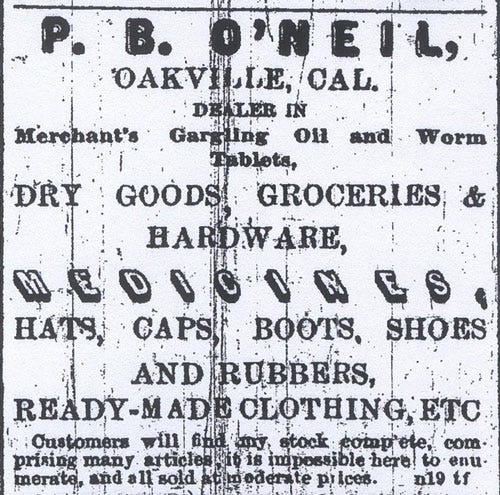

When an Oakland-based publishing company named Smith & Elliott came to the Napa Valley in 1878 to create a book of lithographs describing the local history and architecture, they included a rendering of what they called “the former Ish place.” Another wheat farmer, James J. McIntire, was living there with his wife, Elizabeth, and their large family. “The residence,” Smith & Elliott wrote, “is the finest in that part of the county.”
While wheat's importance as a cash crop was declining in Oakville, the future for grapes and wine looked increasingly promising. Local wine was sold commercially in Napa for the first time in 1857 and was flowing in a steady stream in the Napa Valley by the mid-1860s, especially around St. Helena, which was 6 miles to the north. By the 1870s vintners were on the way to perfecting their craft. Vineyards replaced wheat fields all around Oakville.
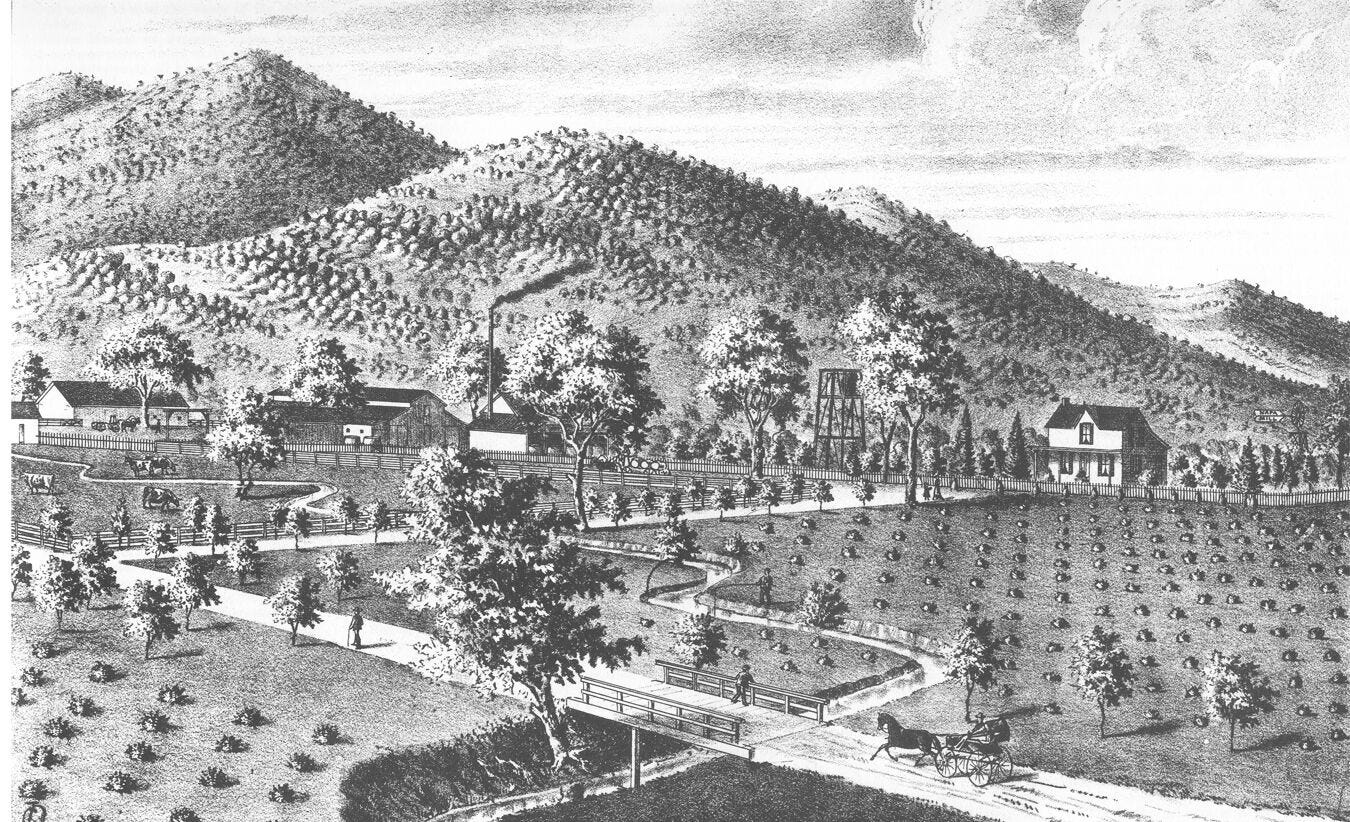

Napa Valley enterprises turned over fast in the 1870s, as most people who went into business did so with little prior training and poor financial skills. Then as now, making a profit required a reliable flow of visitors with money to spend as well as the presence of items people wanted. Together, the miners, wheat farmers and wine growers of Oakville lacked the economic mass necessary to support much commerce. There is no evidence that O’Neil possessed suppliers to keep his stock fresh, either: another prerequisite for running a successful retail store.
While Smith & Elliott were writing their history and preparing their lithographs, the Oakville Grocery and the land on which it stood changed hands several times, from John Garner to P.B. O’Neil to a wheat farmer named T. J. Roberts, to a former gold-miner-turned-quicksilver-miner, Jim McQuaid.
James (Jim) and Jennie McQuaid
Jim and his much younger wife Jennie would become the first to make a go of it. The St. Helena Star wished Jim well in an April 1877 issue, linking the endeavor’s viability with wheat farming: “He is going to try his luck in the mercantile line for a while. May he be successful. Farmers are jubilant over the prospects for big prices for their wheat this year.” Wheat was still driving Oakville’s economy, but that would soon change.
A June 10, 1881 Napa County Reporter advertisement reported on “Oakville Station—Where James McQuaid officiates as Railroad agent, Postmaster, and Wells, Fargo and Company’s agent, also dispensing at a reasonable figure, all kinds of general merchandise to people of the vicinity, from a calico dress to a keg of tenpenny nails.”
McQuaid tended the store and trotted across the county road to the train stop several times a day to assume his role as a railroad agent. As the article showed, he also served as the postmaster, housing the Oakville post office in his store. Pioneer Oakville vintner William Locker was the first Oakville post-master. This essential gathering place for Oakvillans may have been located at the railroad depot during O’Neil’s time but was definitely in McQuaid’s store by 1881. The ad suggests that the McQuaids did not specialize in the sale of groceries, although they were sold at the Oakville Mercantile as they would have been in any general store at the time, especially when there was no other place nearby where residents could buy staples.
The store’s success lured others into trying their hand at retail sales nearby, including a blacksmith and a butcher shop. At least two saloons went into business to “serve the men of the community” and offered wine from the nearby wineries. The transition from wheat farming to grape growing and winemaking was well underway, and times were good.
Things hummed along nicely for the McIntires and McQuaids until 1884, when a tragedy in the McIntires’ family changed things in the McQuaids’. Elizabeth McIntire was thrown from a wagon in which she was riding and died of her injuries, along with one of her children. The grieving James McIntire sold the store, the house and the one acre they stood on to Jim and Jennie for $700.
Years of mining caught up to Jim. His health deteriorated. It is possible that Jennie divided her time between managing the store and raising their daughters, Ethel and Cynta. Depending on Jim’s health, she might also have run the post office. When Jim became too sick to work, a German named Melchior Kemper Sr. bought Oakville Mercantile (its name at the time). Jim McQuaid passed away on August 4, 1889.
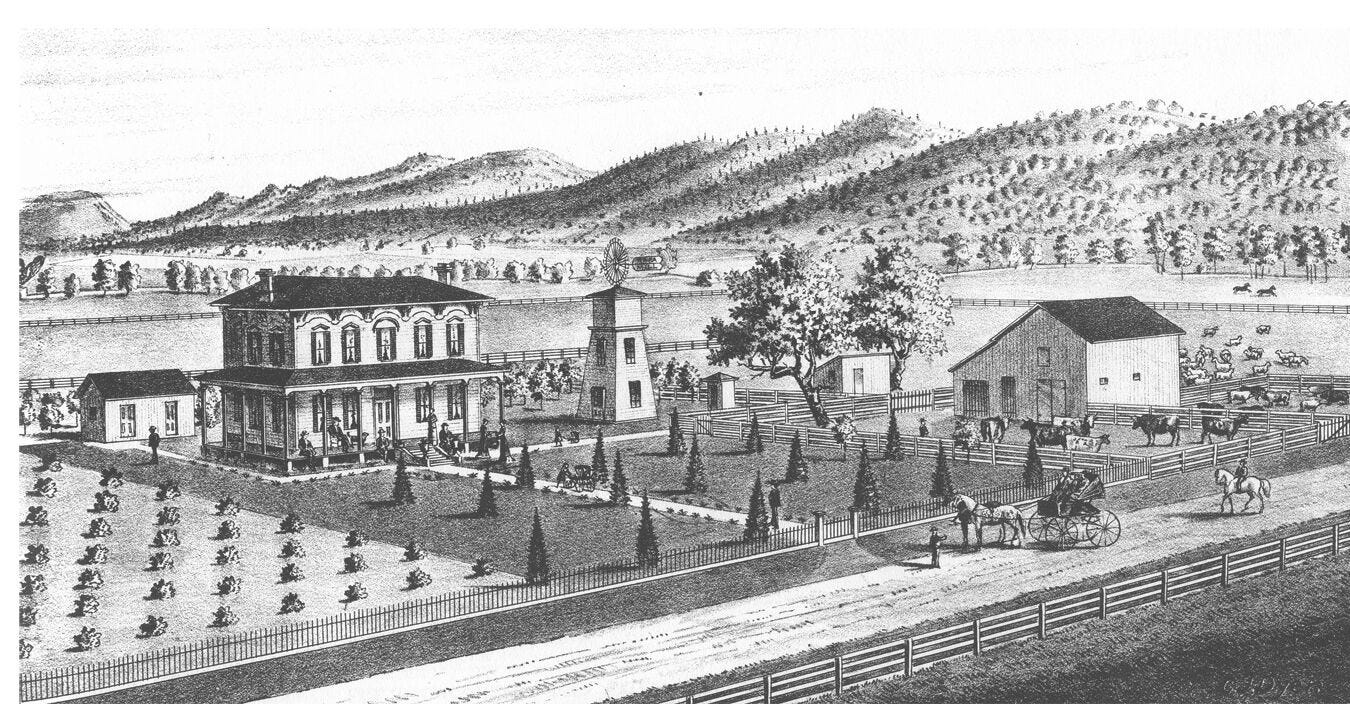

The Fire of 1893
Melchior Kemper Sr.


Melchior Kemper Sr. was a miller with the Starr Flour Company in Vallejo. He lived in Vallejo with his wife Alice, but his job may well have brought him to Oakville to handle the wheat harvest. Kemper’s teenage son, also Melchior Kemper, came to Oakville to be a clerk in the store and gradually took over many of Jim’s old duties, including operating the telegraph. He lived on the second floor of the railroad depot. After the marriage between Mel Sr. and his wife Alice ended, Jennie McIntire married Mel Sr. in 1892 and spent at least part of her time in Vallejo.
Jennie and Mel Sr. enjoyed the company of their prestigious Oakville neighbors. Inspired by affluence, Mel Jr. installed a public telephone in the store: the first of its kind in Oakville. It was expensive, but the novelty could have attracted curious, would-be shoppers.
The night after the Fourth of July, 1893, disaster struck the hamlet of Oakville. Jennie was sleeping in the old Victorian, but the
elder Kemper happened to be spending that night on the second floor of the train depot with Mel Jr. According to the Star, he was awakened shortly after midnight by a bright light coming from his store across the road. He roused his son, who had just gone to bed after celebrating the Fourth in St Helena, and the two ran out to find the back room of the store on fire. The blaze spread quickly to the blacksmith shop, a barn and butcher shop, accelerated by the explosion of two cans of powder and 10,000 cartridges the Kempers were storing. Oakville Mercantile, the barn, the blacksmith’s and Walters’ shop all burned down, but the Victorian was spared, although the explosion blew out all the windows on the south side of the house.
Except for the depot, some saloons and the wineries, the entire commercial center of Oakville vanished that night.
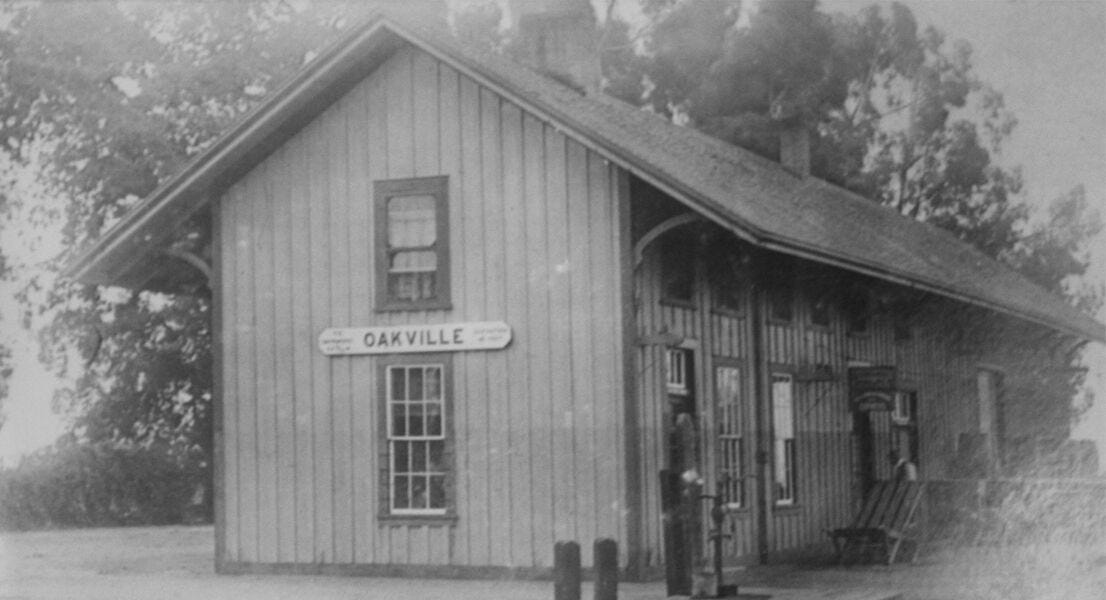

Kemper estimated his losses at about $8000. The Oakville store was insured for a whopping $6000. (For comparison, when one of the general stores in Tomales, CA burned down in 1898 it was only guaranteed for $3000.) The other business owners were not similarly protected against fire and lost almost everything.
Mel Sr. may have supervised the rebuilding of the store, but at some point, he returned to Vallejo (with or without Jennie) and resumed working at the Starr Flour company until his death in 1909. Thanks to loans from her relatives, as well as the insurance money and subsequent sale of the store, Jennie could spend her second widowhood in comfort in Vallejo. She died in 1914 and was able to gift her daughters with an inheritance.
Shubael Wardner, a merchant who had been living in Pope Valley, took over the store operations. He also served for one year as Oakville Postmaster, starting in 1896. Joseph M. Booth succeeded him in that role in 1897.
A Grocery Store in Oakville
Durrant & Booth
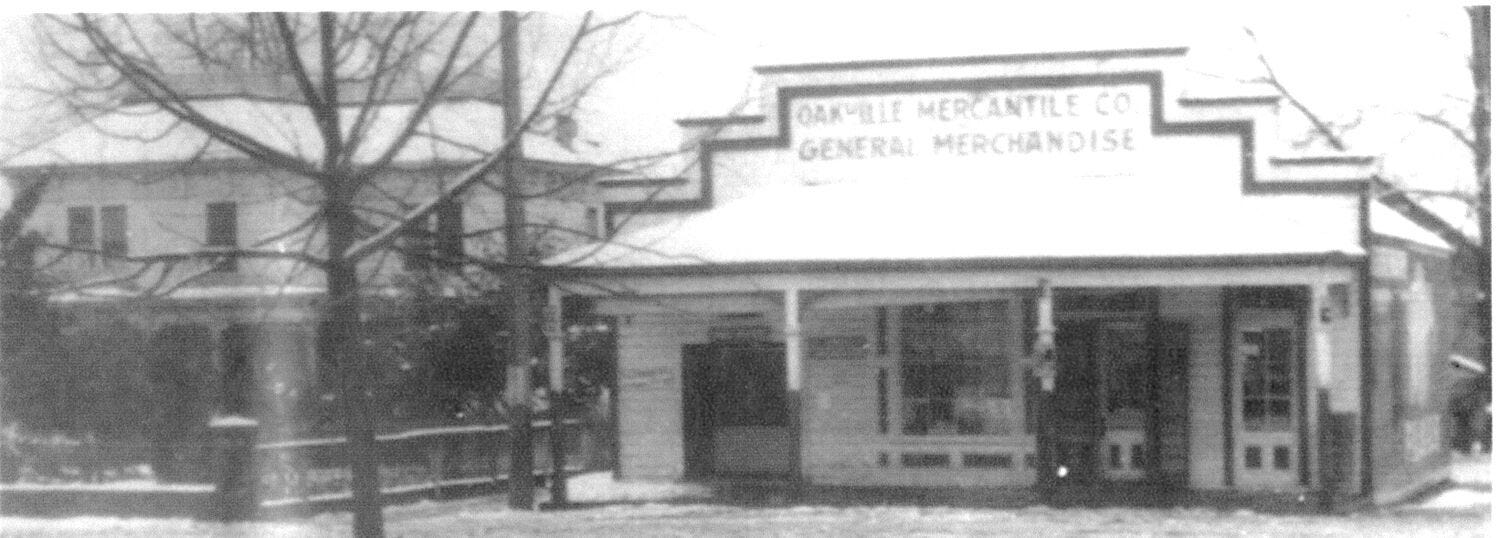

The 1900 Census reveals that Booth was a grocer, as was his brother Willis, whom the Census lists as a grocery clerk. It also mentions an Englishman named Frederick Durrant as the owner of a “grocery store” in Oakville—not a dry goods store.
The Booth brothers and Fred Durrant had what appears at first like a complicated relationship. Fred Durrant, born in 1872, was the step-father of Joseph Booth (born in 1874) and Willis Booth (born in 1878). Fred had married their mother; a widowed German named Helena, who was 17 years his senior. They had a son together, Fred Durrant Jr.
When Helena Durrant died in 1904, Durrant & Booth were able to complete the purchase of the property and the adjacent house from Jennie and Mel Kemper Sr. Joe Booth and his wife and four children along with the Fred Durrants Sr. and Jr. all moved into the Victorian house and got to work expanding the store.
They built out the 20’ x 14’ area to the width of today’s Oakville Grocery, although not the length. Common for buildings of that time in the Napa Valley, nothing was insulated, nor was there a foundation: Wooden pilings dug into the ground supported the structure.
After the building was completed it settled into the terrain a bit. The soil may have been softer on the southwest corner because the floor sagged in that direction. A modern-day examination of the wiring suggested that there was no electricity at first. No phonebook lists the store until 1926.
Behind the store on the north side, they built a separate, approximately 8’ x 8’ stone cellar for storing perishable meats, cheeses and other items requiring protection from the warmth of the day. A cement slab incised with “1904” lay at the entrance to this partially sunken chamber, and a vent located on the southern wall near the roof allowed heat to escape. It was made even cooler by the placement of blocks of ice packed in cork or sawdust and brought in daily by the train.
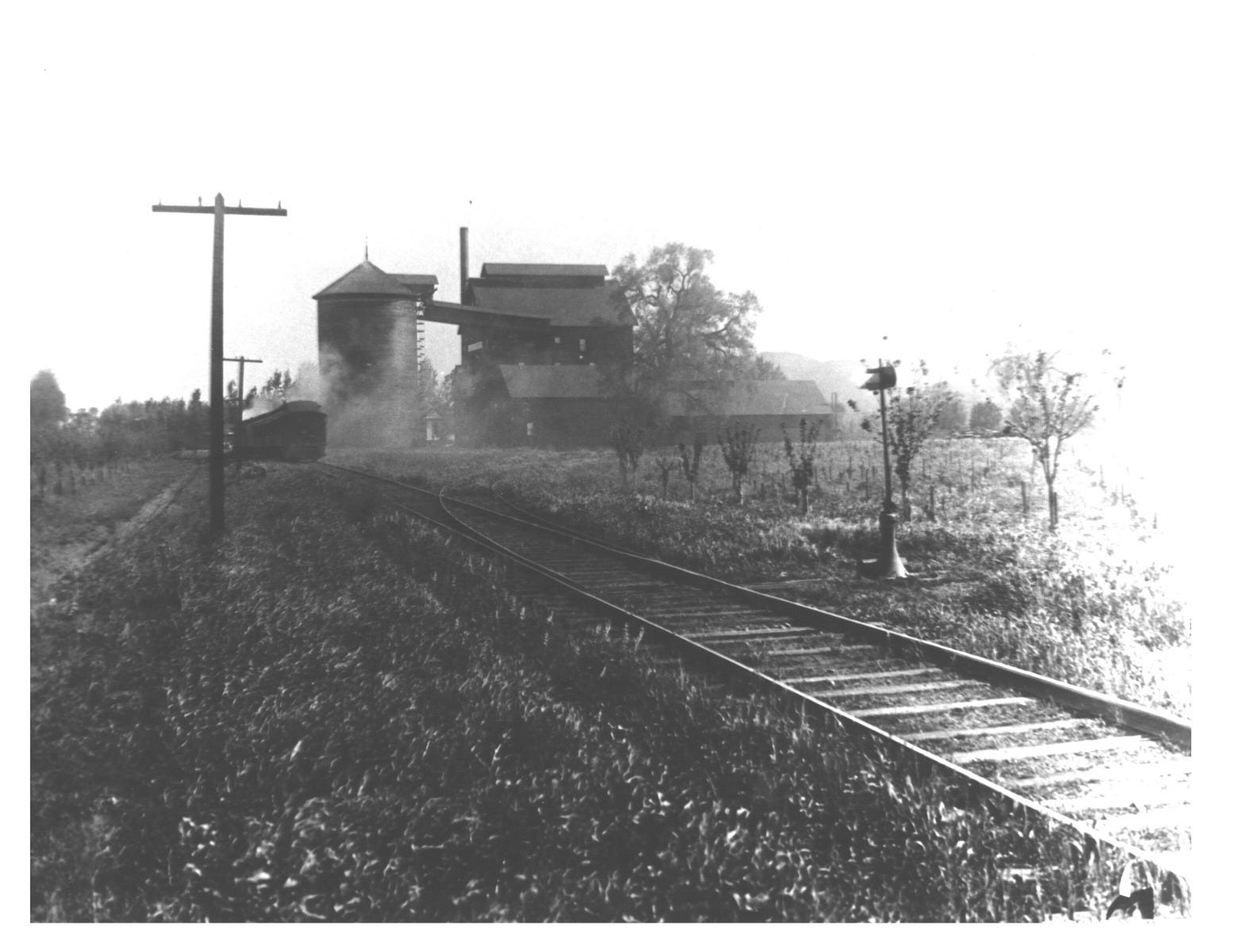

Turn of the Century
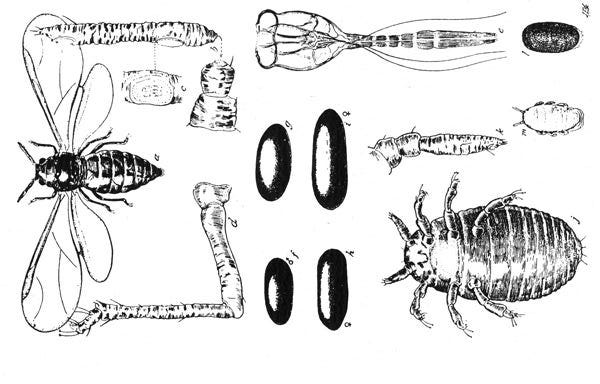

The first decade of the 1900s was transitional for Oakville, as the fire and a costly phylloxera situation across the vineyards in the previous decade had closed some doors but opened others for those in the wine industry. This evolution meant more shoppers at the store, and Durrant & Booth were happy to procure hard-to-get items for their new, upper-class neighbors. The rest of the small but very human population of Oakville did not necessarily welcome this gaggle of newcomers at first.
Infrastructure features like churches and schools would be essential if Oakville were to grow into an actual incorporated town. There were some indications that this was on peoples’ minds because when all the debris from the fire had been cleared away, other buildings went up on and around the one-acre square. A new store on the corner of the county road and the Oakville Cross Road replaced the old butcher shop. It was a saloon with lodgings of some kind on the second floor. An upgraded
blacksmith shop between the new pub and the grocery/mercantile store weened itself from horses and offered autos for hire. Above it was a meeting place, Oakville Hall, that served as a combination town hall and gathering place for community events, like dances.
Cars gradually replaced the horses and buggies of the past. Real estate magnates, business tycoons, and wealthy families flocked to the area. Everyone in Oakville, rich and poor, now shopped for necessities at Durrant & Booth. They came by horse, on bicycles, in cars, and on foot.
Patrons bought 200-pounds of flour at a time and sugar in 100-pound sacks. The store sold chicken feed and salt licks, clothing, ammunition, shoes and many other things useful to rural families. Eggs, dairy products, and some produce were available, as well as a lot of candy, medicines and local wines by the bottle.
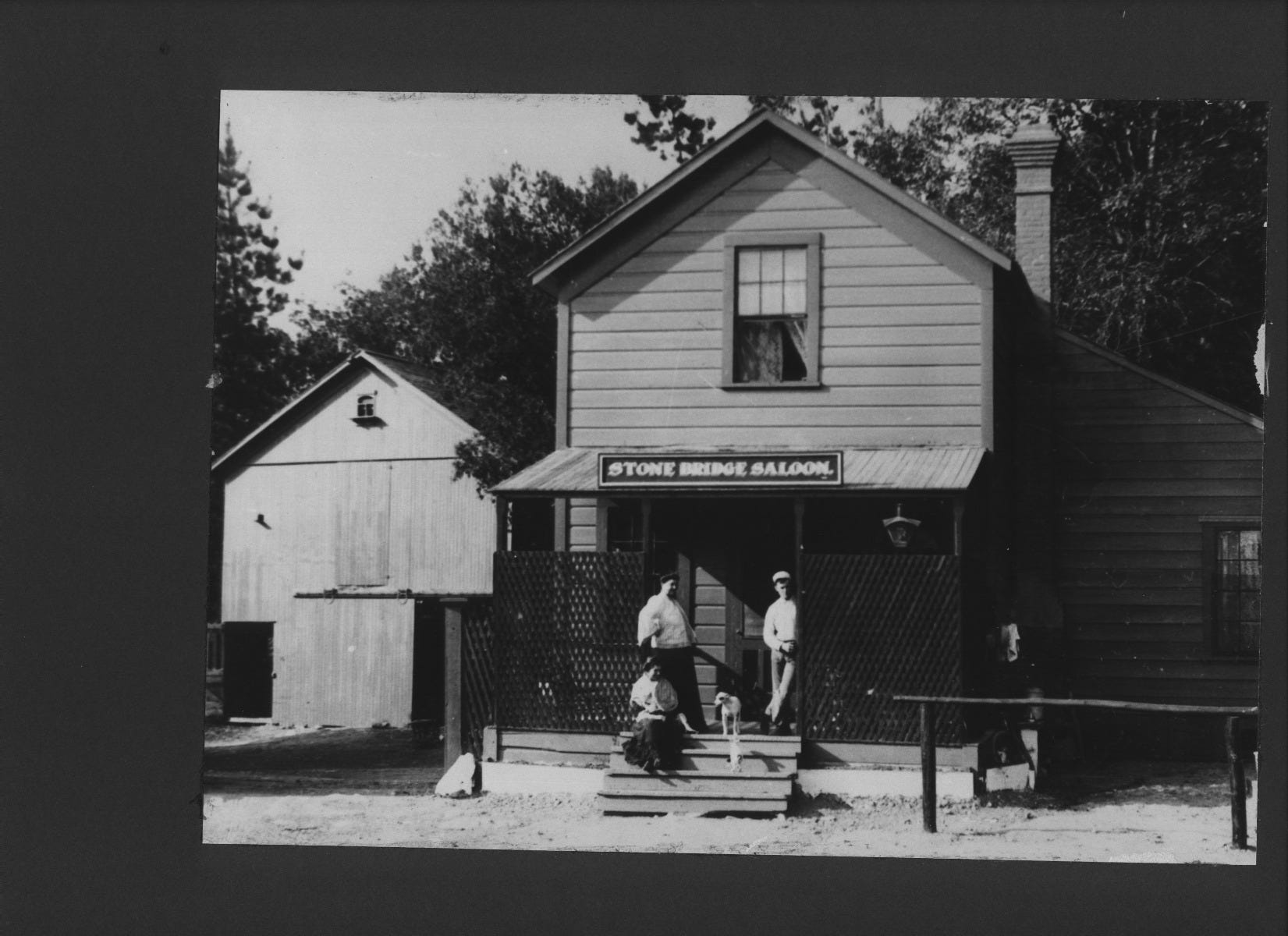

Growth and Temperance
With the Booth brothers clerking in Oakville, Fred Durrant moved to San Francisco and opened a grocery store at 1290 11th Avenue, in the Sunset District. This area was just being converted from an “outside lands” of sand dunes to a residential district. Having a city store and a country store created a steady flow of new supplies: something that had eluded the OG’s earliest owners. He sold Napa Valley wines in his San Francisco store, as well as country-raised items like fresh milk, fresh butter, and fresh eggs, while he sent trendy apparel and hard-to-find hunting equipment to the Oakville store. (The 1290 11th Avenue address no longer exists because his old building now fronts on Irving Street.)
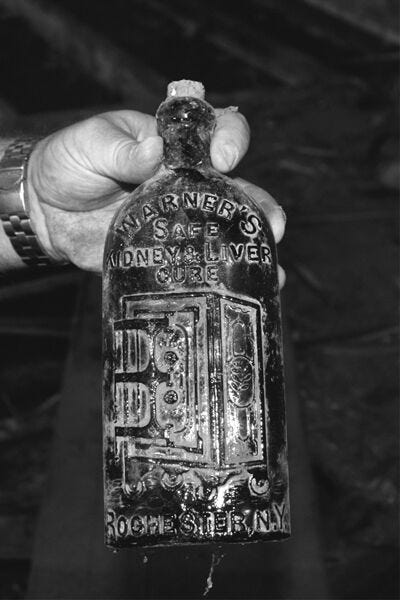

When Joseph Booth left the OG in 1911 to take a job at the Naval base at Mare Island, Fred returned to Oakville and did a brief stint as grocer/postmaster again. He found new partners for Oakville, Benjamin Hooks (a former mining superintendent whose father had run a small Oakville winery) and Arthur V. James. This arrangement seemed to work well and continued for another six years. Hooks and James handled the mail and dealt with the store while Fred returned to his business in San Francisco to sell wine and other Napa Valley items. The supply chain was preserved, and the store experienced a period of stability, at least for a few years.
Life in America in the 1910s was difficult for a large portion of the populace. Health care was inadequate, money often hard to come by, and there were few safety nets to prevent the afflicted from falling into severe poverty. Women continued to be especially vulnerable to penury, particularly women with children. Increasingly, the finger of blame for many of life’s evils was pointed at the consumption of alcohol.
The Women’s Suffrage movement and the Temperance movement proceeded hand in hand, each empowering the other. In most households, men brought home the paychecks and subsequently spent time and money in saloons. Women drank, too, but rarely in public. Women often fell victim to addiction to the opiates regularly peddled as cures for various ailments. Old bottles recently discovered hidden beneath the floorboards of the Oakville Grocery originally contained cure-alls with high alcohol content and may have included more harmful ingredients, as well.

